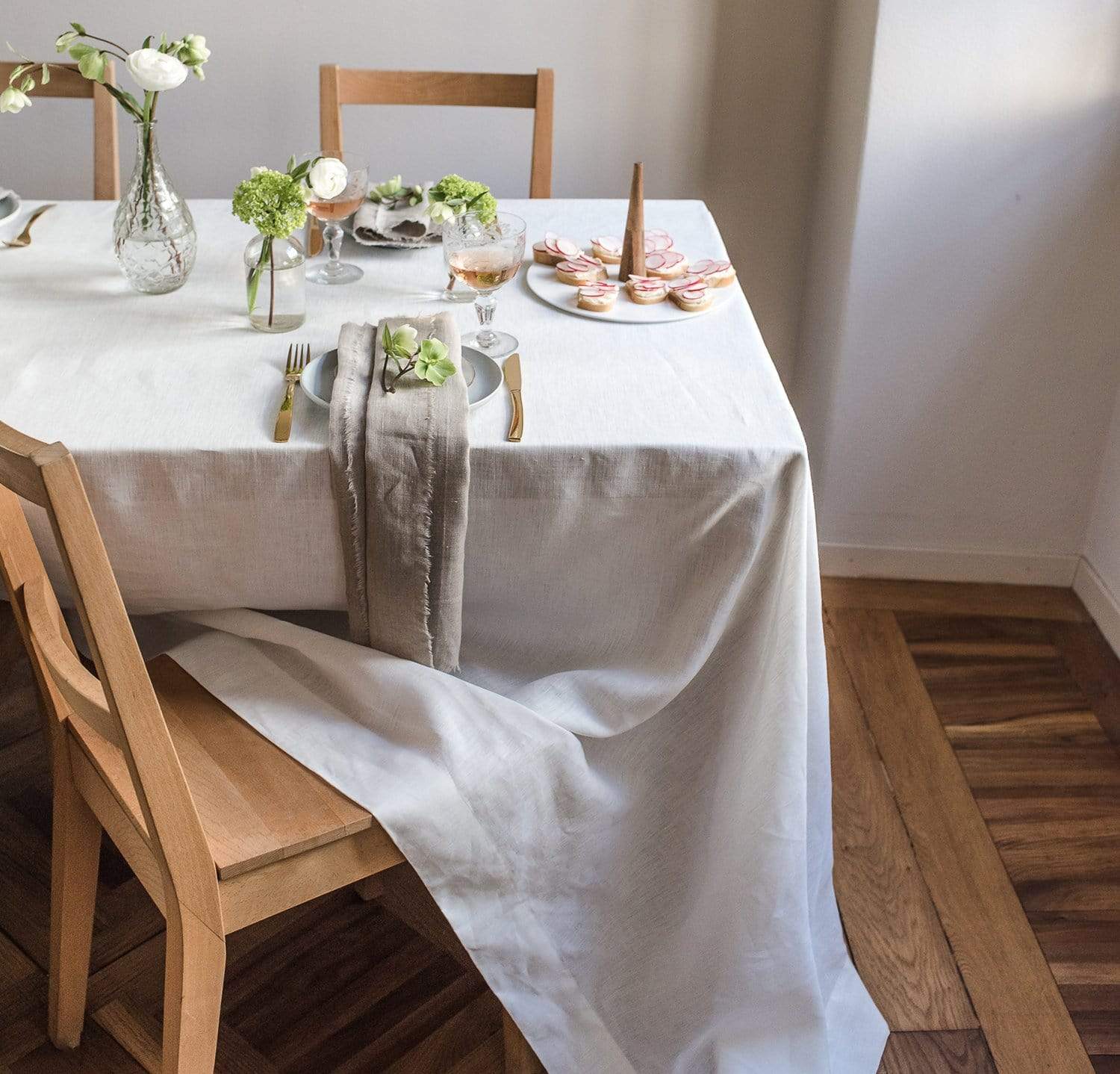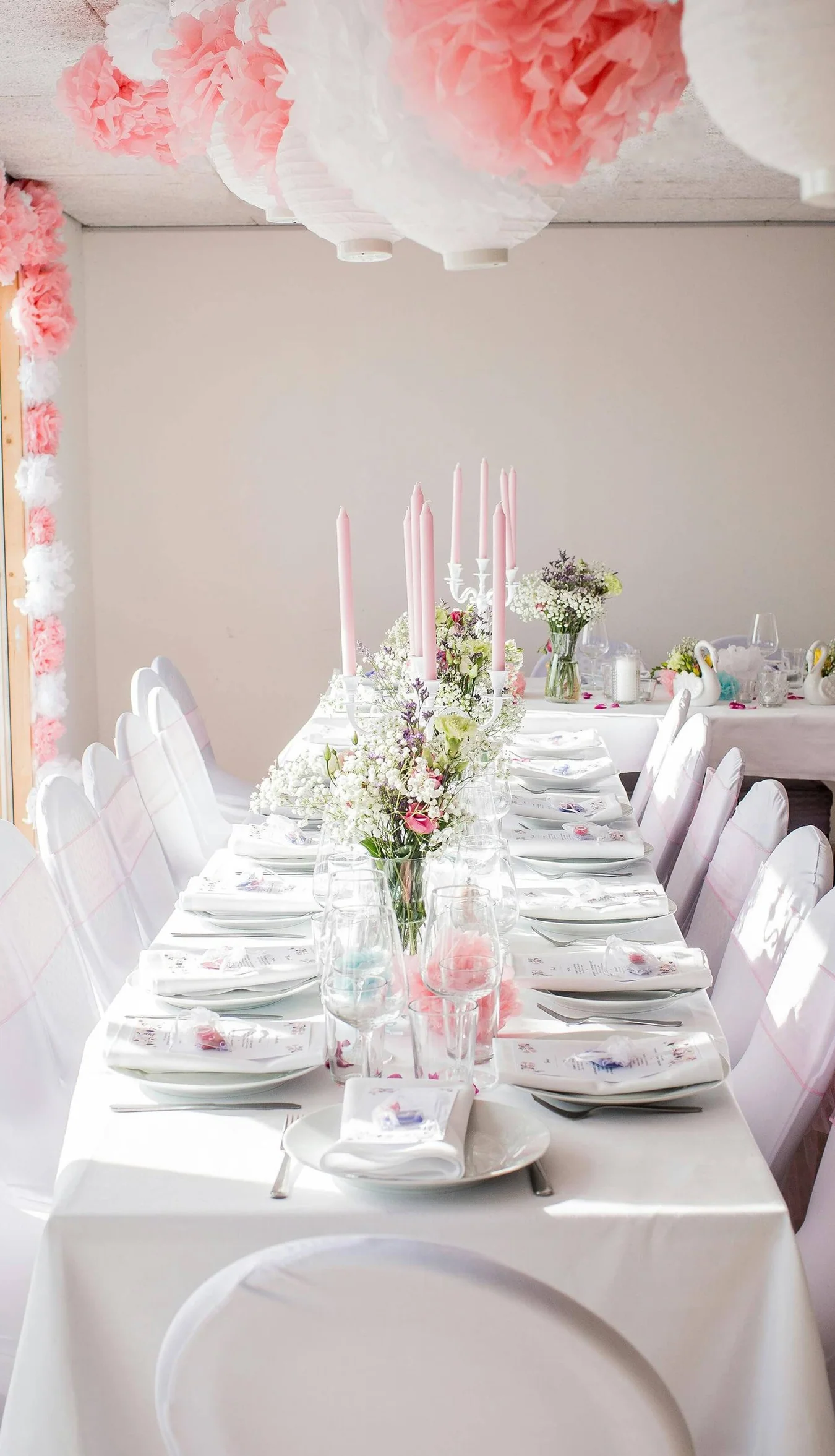Bed Linen Fabric Technologies: Exploring Modern Trends and Creative Applications in Style and Fabric Industry
From lasting production techniques to innovative weaving innovations, the evolution of linen is reshaping the landscape of the textile market. As we delve into the realms of creative style applications and the emergence of bed linen blends and hybrid textiles, a new chapter unfolds in which linen's duty in future textile advancements takes facility phase.
Lasting Practices in Linen Production
Sustainable practices in bed linen production have ended up being significantly vital in the fabric market's initiatives to reduce environmental effect and promote ethical sourcing approaches. Bed linen, a natural fiber stemmed from the flax plant, supplies a series of advantages such as biodegradability, breathability, and toughness. However, typical approaches of linen manufacturing can involve substantial water intake, pesticide usage, and energy-intensive processes.
To address these challenges, several textile suppliers are embracing sustainable methods throughout the linen production process. This includes sourcing flax from natural ranches that avoid damaging chemicals and chemicals, implementing water-efficient retting methods to remove fibers from the flax stalks, and utilizing environmentally friendly dyes and coatings. Furthermore, some business are purchasing renewable resource sources to power their production facilities and decreasing waste through recycling and upcycling campaigns.
Technical Improvements in Bed Linen Weaving
With the growing emphasis on sustainable techniques in linen manufacturing, the fabric sector is currently seeing a surge in technological innovations particularly aimed at transforming the art of linen weaving. These advancements are improving the method linen fabrics are generated, offering increased effectiveness, quality, and creativity in weaving strategies.
One of the crucial technical developments in bed linen weaving is the assimilation of electronic looms. These sophisticated looms are geared up with software program that permits intricate and complicated styles to be woven with accuracy. By digitizing the weaving process, makers can achieve better consistency and precision in their linen materials.
Furthermore, innovations in yarn spinning technology have actually made it possible for the manufacturing of finer and more durable linen threads - table cloths. This results in softer and smoother bed linen fabrics that maintain their quality even after numerous uses and laundries
Additionally, the development of environment-friendly dyeing processes and surfaces for linen textiles is gaining grip. These sustainable practices not only minimize the ecological effect however likewise deal with the increasing customer need for morally produced fabrics.
Creative Design Applications for Bed Linen
Cutting-edge imaginative approaches are increasingly forming the imaginative design applications for linen in the textile industry. Developers are pressing the boundaries of standard bed linen usage, exploring its convenience in various applications. One prominent pattern is the assimilation of bed linen in lasting fashion lines, where its green properties are highlighted. Linen's natural aesthetic charm and capability to blend with various other materials make it a preferred option for producing special garments and accessories that cater to the ecologically aware customer.
Furthermore, developers are try out linen in home decor, using its durable and breathable nature to craft stylish furnishings such as curtains, bed linen, and furniture. The appearance and drape of bed linen bring a feeling of refinement and comfort to indoor areas, adding a touch of style to contemporary homes.

Linen Blends and Crossbreed Fabrics

Crossbreed textiles, on the various other hand, take the idea of mixing a step even more by including extra aspects such as metallic threads, recycled materials, or conductive fibers. These cutting-edge fabrics not only increase the layout possibilities but additionally present useful aspects like conductivity, antimicrobial properties, or improved resilience. Hybrid fabrics are increasingly being used in various industries, consisting of style, interior decoration, and technological fabrics, where the demand for multifunctional products gets on the increase.
Bed linen's Role in Future Fabric Innovations

In the realm of future fabric technologies, linen is expected to be an essential gamer in the development of advanced practical fabrics. Developers and scientists are discovering ways to improve bed linen's integral high qualities through technological improvements, such as including wise fabrics, nanotechnology, and performance finishes. These advancements intend to elevate linen's performance characteristics, making it suitable for a wider array of applications, from activewear to protective garments.
Additionally, the mix of linen with other natural or synthetic fibers opens up unlimited possibilities for creating novel textiles with one-of-a-kind residential or commercial properties and capabilities. By leveraging bed linen's attributes and checking out cutting-edge blends, the fabric market is positioned review to present interesting developments that satisfy advancing consumer demands and sustainability requirements.
Final Thought
Finally, the expedition of lasting methods, technical developments, creative design applications, bed linen blends, and its function in future textile innovations highlight the constant evolution of linen fabric in the modern-day design and textile industry. With an emphasis on advancement and creativity, the flexibility and eco-friendly nature of bed linen make it an important product for designers and manufacturers alike, leading the way for further developments and innovations in the field of textiles.
As we dive right into the realms of imaginative style applications and the development of bed linen blends and crossbreed materials, a new phase unravels in which bed linen's duty in future textile developments takes facility stage.
Checking out the combination of linen with various other textiles has actually led to the introduction of cutting-edge blends and crossbreed textiles in the modern textile industry. Bed linen blends use an one-of-a-kind combination of the features of linen with those of various other fibers, resulting in materials that possess improved buildings such as enhanced longevity, boosted draping, and reduced wrinkling.The evolution of linen blends and hybrid materials has actually set the phase for Bed linen to play an essential role in driving future textile developments.In the world of future textile developments, linen is expected to be a key player in the growth of advanced practical fabrics.